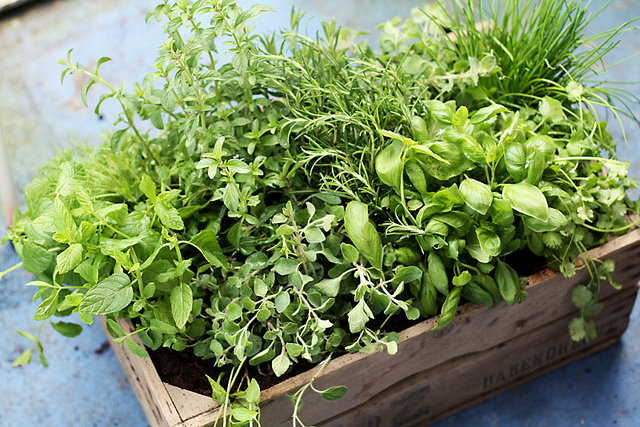
MEDICINAL AND NUTRITIOUS BENEFITS OF HERBS
I keep a little garden on my balcony , where culinary and medicinal herbs fill terracotta pots. I toss these herbs, handfuls of basil and sprinklings of thyme, into soup pots, over salads and roasting chickens where they bring flavor and their sweet herbaceous perfume to the family meal.
Fresh herbs not only add flavor without calories, they may also serve up health benefits as healing foods. Herbal medicine has been used as kitchen medicine for thousands of years, and while our body’s response to these natural treatments has not changed, we now have more global choices than ever
Herbs, or fresh herbs, have real health benefits. A natural and healthy way to appetite while replenishing antioxidants.
In the garden, or in sight on the stalls in summer, here comes the full season of fine herbs. High in flavor, they give a festive air to the most banal of the winter recipes. They help to moderate the consumption of salt and fat while increasing our intake of minerals and vitamins. Their richness in potassium, calcium and magnesium strengthens our bones and lowers excess tension.
Did you know that you can use the gorgeous herbs in your garden to improve your memory, fight off infections, soothe your digestion, help support your detox organs and even boost your resilience to Stress?
These fresh herbs also contribute to iron intake and provide high proportions of beta-carotene (or provitamin A), vitamins C, E and B9, which help prevent cardiovascular disease and most cancers . To enjoy their precious nutrients, choose them firm and green to buy, consume them fresh and chisel them at the last moment. Enjoy your meal!
Detox with fresh herbs ?
Our bodies are in a constant battle of fighting processed foods that contain harmful toxins.
There are three main filters in the body–bladder, kidneys, liver–and parsley is here to assist them all in the detoxification process. Kidneys help to filter out waste products and toxins from our bloodstream. The bladder filters fluids and flushes them out of the body. The liver is another blood stream purifier. It is important for all three of these filters to not build-up with gunk and toxins so they can work properly. Though it is tough to avoid harmful toxins altogether, it is important not to ingest high amounts that can cause build-up and stress to the organs that work to keep us in good health. So, how can we help out our filtering friends?
Detoxifying herbs clean our bodies’ filters, and they are healthy foods with lots of nutrients. This also means we should avoid putting harmful toxins and gunk into our bodies in the first place. When we help our bodies’ filters and eliminate our harmful toxin input we set ourselves up for a clean and healthy life.
Lets find out more on medicinal and nutritious benefits of Herbs.
here is are e few common culinary herbs, how to use them and their medicinal qualities
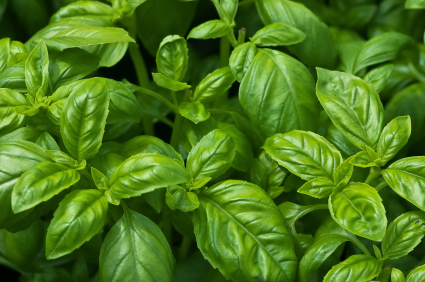
Basil
My favorite ! I use it everywhere ! Basil is sweet, peppery and offers a slight anise-like aftertaste.
There are many varieties of basil, and basil can include many color variations, but most can easily identify the low-growing plant by its large, thin oval and easily bruised leaves.
Basil is easy to grow at home
A good content of iron and trace elements anti-fatigue, whose assimilation is optimized by vitamin C. Hence the advantage of associating it with lemon juice or a fruit like strawberry.Basil has strong antioxidant and antimicrobial activity. It is traditionally thought to stimulate the appetite and ease stomach upset. In Chinese medicine, basil is thought to support kidney function and ease gum ulcers. In classic Indian medicine, basil has been used to treat everything from earaches and itching to malaria, arthritis and anorexia.
Unmistakable pesto (olive oil, garlic, basil, pine nuts, parmesan), it perfectly perfumes the Mediterranean recipes.
A favorite with tomatoes and mozzarella, basil can reduce stress and symptoms caused by stress, including stomach aches and headaches. It can also be used to help heal a cough or respiratory infection. A type of basil from India called Holy Basil has been proven to be an adrenal adaptogen, helping your body recover from stress.
I like the taste it gives to a green smoothie !
Put about two tablespoons of fresh cut basil in eight ounces of hot water and steep for ten minutes, then strain the leaves. Enjoy your Tea !
Taking a bath with Basil essential oils is bliss, relaxing and cleansing of negative energies!
Cilantro also called Coriander
Cilantro is one of the popular Mediterranean herb which commonly recognized as leaf-coriander in Asia. It is widely employed in savory dishes in almost all parts of the world.
It is rich in many vital vitamins, including folic-acid, riboflavin, niacin, beta carotene, vitamin-C, which are essential for optimum health. (100 g of cilantro leaves provide 30% of daily recommended levels of vitamin-C.) Rich in Vitamin-A, which improve your eyesight, help your skin and may help protect from lung and oral cavity cancers.
Cilantro is one of the richest herbal sources for vitamin K; Vitamin-K has a potential role in bone mass building through promotion of osteotrophic activity in the bones. It also has established role in the treatment of Alzheimer by limiting neuronal damage in their brain.
This herb is known for a variety of nutrients, but its detoxifying affects are found in its ability to bind to heavy metals and remove them from our bodies. Toxic heavy metals usually enter our body in small amounts through food, water, and anything else we consume. Cilantro’s ability to remove toxic metals and its distinct flavor are a great addition to your dishes and smoothies.
Cilantro may also help in lowering ‘bad’ cholesterol and increasing ‘good’ cholesterol, help lower blood sugar levels as well.
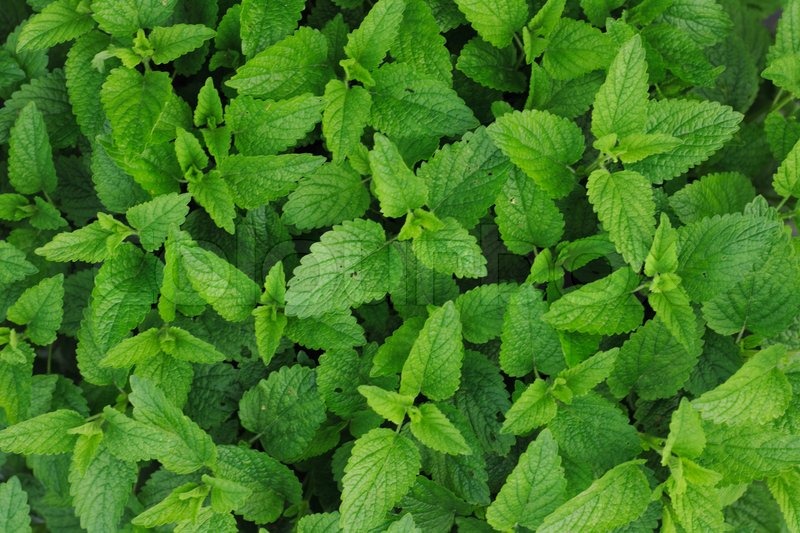
Mint & Peppermint
The richest in magnesium and iron, good for energy. One tablespoon (10g) provides 10% of the recommended intake..
Also known as mentha, is actually a genus or group of around 15-20 plant species including peppermint and spearmint. Mint is one of the most used herb for healing Here are just a few ideas how mint and pepermint can serve you best
This plants contain an antioxidant and anti-inflammatory agent called rosmarinic acid which has been studied for its effectiveness in relieving seasonal allergy symptoms, revealing a promising natural treatment.
Peppermint water has been found to be effective in preventing nipple cracks and nipple pain in first-time mothers who are breastfeeding.
Mint contains menthol, a natural aromatic decongestant that helps to break up phlegm and mucus, making it easier to expel. Menthol also has a cooling effect and can help relieve a sore throat, especially when combined with tea.
Mint is a calming and soothing herb that has been used for thousands of years to aid with upset stomach or indigestion. Mint is thought to increase bile secretion and encourage bile flow, which helps to speed and ease digestion (and which may also support healthy cholesterol levels).
Peppermint is also thought to relieve pain and discomfort from gas and bloating. Peppermint tea is a common home remedy for flatulence.
When applied topically in oil, ointment or lotion, mint has the effect of calming and cooling skin affected by insect bites, rash or other reactions.
Peppermint essential oil, when applied to the temples, is thought to help with headaches and migraines.
Mint is a natural anti-microbial agent and breath freshener.
In the kitchen, it perfumes the taboule and the spring roll, very much in use in the Middle Eastern Dishes with lamb, soup, vegetable and tea Mint can be used to refreshes smoothies and fruit salads.
Mint is relatively easy to grow and can even be grown in small pots on a sunny windowsill. Growing mint in your garden can help ward off ants and flies.
PLEASE NOTE that mint can aggravate reflux, so if you suffer from heartburn, better steer clear of it in your tea and toothpaste. Best to start by healing the reflux—
Otherwise, mint is an amazing herb, helpful for irritable bowel symptoms of cramping and bloating, as well as for calming your body from stress.
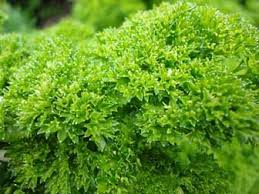
Parsley
Deep green, slightly serrated leaves that curl up from the stem with a potent fragrance reminiscent of carrot leaves and parsnips.
Parsley specifically targets any build-up in your natural filters and helps to flush it out of the body. Parsley is thought to offer therapeutic uses in the treatment of the urinary tract infections as well as kidney and bladder stones. Traditionally, parsley was used for treatment for gastrointestinal distress and as a way to stimulate menstruation.
Parsley is high in antioxidants, vitamins A and C, and the chemical apigenin, which may help inhibit the growth of cancer cells several studies have found. It also has been shown to have heart-healthy effects, reducing high blood pressure, fight infection…and many more. Parsley contain vitamin A , C and K, a whopping 574% of the daily recommended value, which help bone strength, but it also has a role in the treatment and possible prevention of Alzheimer’s disease by limiting neuronal damage in the brain.
The iron in parsley (twice as much as in spinach) is essential for the production of an important oxygen-carrying component in the red blood cells.
Parsley is useful as a digestive aid with its high fiber content. This helps move foods through the digestive tract and controls blood-cholesterol levels, but has a diuretic effect as well. A tea made from parsley is a traditional remedy for colic, indigestion, and intestinal gas.
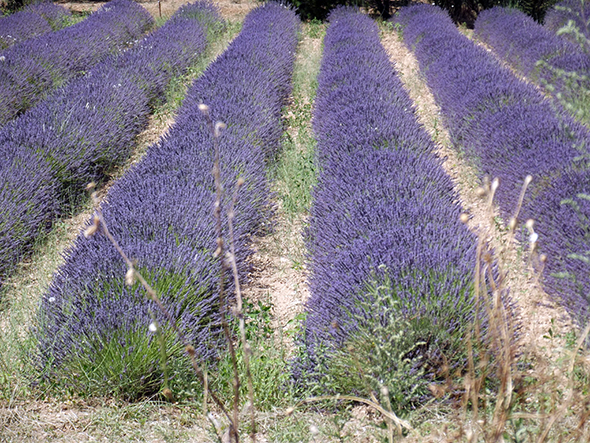
Lavender
It has been thought for centuries to provoke passions as an aphrodisiac, and is still one of the most recognized scents in the world. Not only is it beautiful, but it has hundreds of uses. It is a fragrant aromatic, a relaxing herb, and it can be used in baking, lotion making, gourmet cooking, tea making, tinctures and much more.Lavender is commended for treating insomnia, loss of apetite, nervous stomach, and anxiety.and can be a treatment for flatulence, colic, and depressive headaches, even to treat migraines in menopause.Some will add to teas to treat diabetes and insulin resistance.”
Lavender is also known for its antibacterial, antimicrobial, expectorant, stress-relieving, antiseptic and analgesic properties.
Many massage and beauty products use lavender for its scent and its supposed ability to promote relaxation and stress relief
I have to say , I use lavender A LOT , every day in food, drink, oils, bed , wardrobe, and refresh the air . It has the capability to maintain the good mood and positiveness
Have you ever tried Lavender tea ? its surprisingly delicious , try this :Place 1 tablespoon of fresh or dried buds into a cup or tea ball; pour boiling water into the cup with the tea ball; allow it to steep for ten minutes and then enjoy!
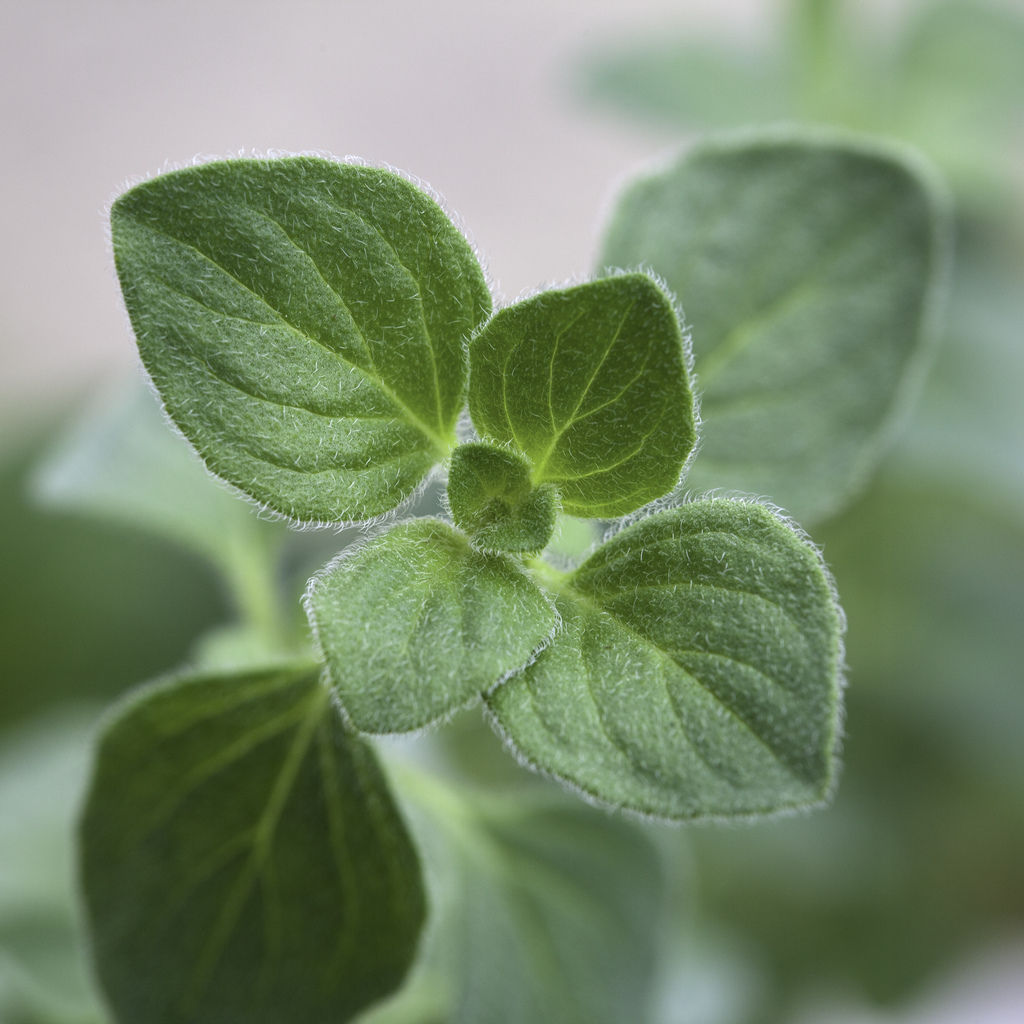
Oregano
Oregano is a short, shrubby herb with small, deep-green leaves. The leaves have a kind of soft and almost fuzzy texture.Oregano is traditionally used to treat respiratory issues such as stuffy noses and coughs and is an expectorant. In folk medicine, it is also used to treat menstrual cramping and it has very potent antimicrobial activities.
Oregano also contains anti-oxidants which protect your cells from stress and toxins, iron, calcium and vitamin K , and tryptophan, which is the precursor to serotonin, a feel-good neurotransmitter. Oregano is anti-bacterial and anti-inflammatory, which means it can help your body fight off and recover from infections.
Use oregano in a tea or capsule form to help with everything from muscle pain, toothaches, and menstrual cramps, to acne, allergies, and bloating.
Italy and all Mediterranean country use Oregano in the kitchen. Pizza without Oregano is no pizza for me !
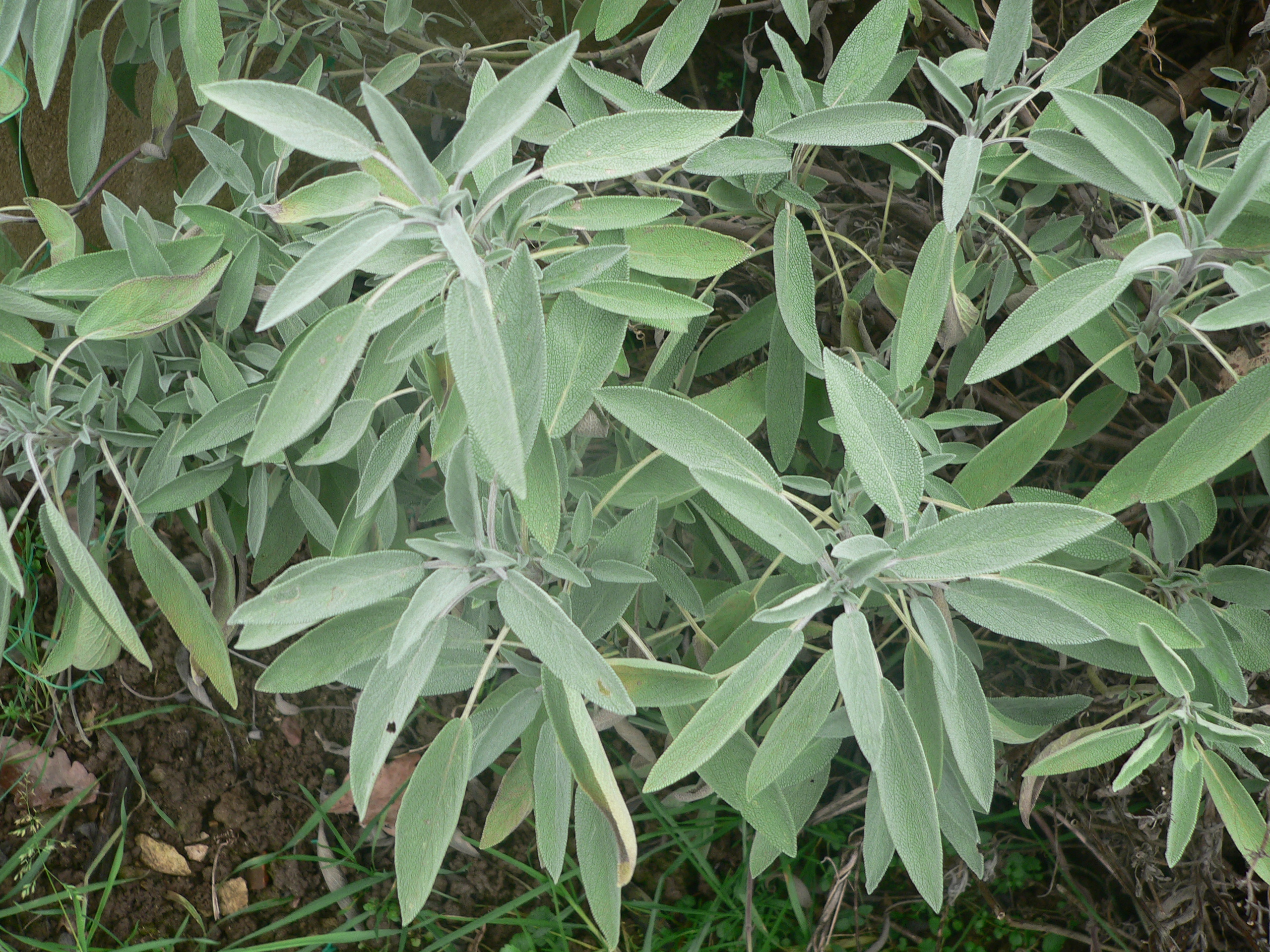
Sage
Characteristics: Sage is a low-lying, silvery bush with oblong, soft and fuzzy leaves. It is deeply fragrant.
Also rich in antioxidants, Sage has been considered a panacea because it helps with so many conditions. Research shows that it helps decrease inflammation anywhere in the body, helps with digestive distress, improves memory , mood, and even helps regulate blood sugar levels which means it can help with diabetes and lowering cholesterol levels For nursing mothers who may be experiencing over-production, sage can help to slow milk production.
Sage tea is good for a sore throat, to inhale the steam for asthma, or to use as a mouth rinse once cool for gingivitis. You could even freeze the tea as ice cubes for summer drinks.
Sage is perfect to add to soup, eggs, potatoes, and/or poultry.
WARNING: What you should know !
You have to know that basil, lavender, mint, oregano, and sage are all part of the same plant family, Lamiaceae. Which means that if you are allergic to one, you should avoid them all.
MORE ON HERBS FOR YOUR HEALTH go HERE
What’s your favorite herb? Share your favorite herb that you use in a dish, smoothie, salad in the comments below.
